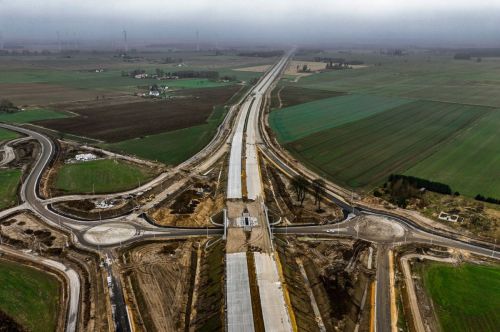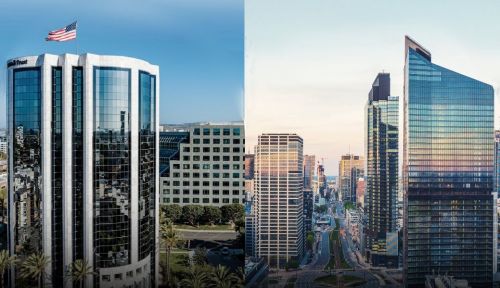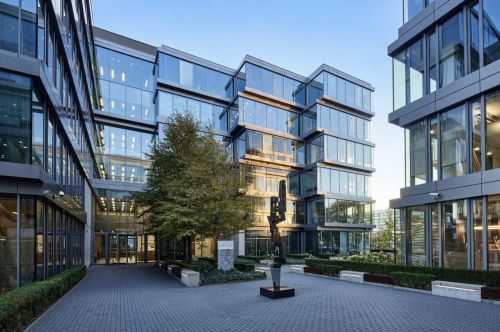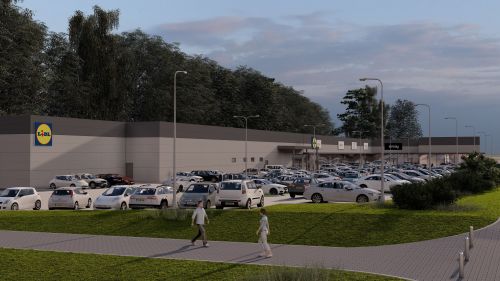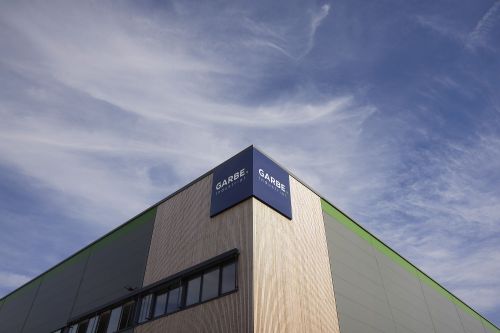Monday and Tuesday: an international agricultural machinery fair. Wednesday: a football match. Thursday: an athletics meeting. Friday: an operatic performance. Saturday: a U2 concert. Will this be a typical week at the National Stadium in five or ten years’ time? Emil Górecki The need to build large stadiums in Poland was, for many years, something that had only been talked about. Now, however, they are springing up all over the country. In Ukraine two of them are even finished. The owners of these facilities agree that having invested so much public money, the stadiums cannot simply be handed over to football clubs. The clubs will of course be (somewhat privileged) tenants – but that’s all. Non-supporters also deserve a stadium, and the support of football fans on their own would not provide enough revenue for the stadium anyway. However, in order to make the facility serve as
















































